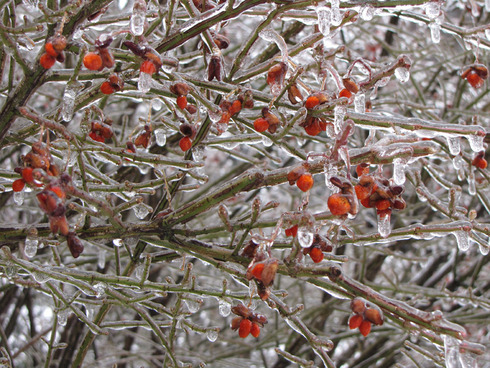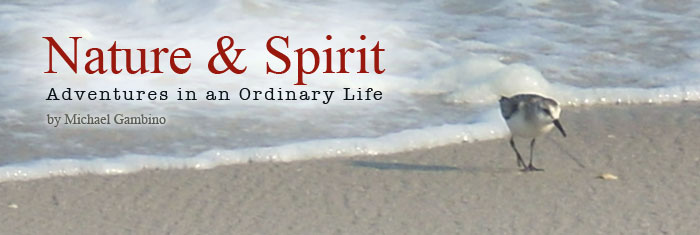In Bleak Mid-Winter
 Wednesday, February 2, 2011 at 12:46PM
Wednesday, February 2, 2011 at 12:46PM On today's northeast weather menu is yet another winter storm. This time it is an ice storm – that most unpleasant of winter weather events. Despite treacherous roads, falling branches, and downed power lines, we humans, either by choice or by obligation, continue to conduct our business as if it were a lovely mid-June afternoon. Those people lucky enough to enjoy (and afford) winter sports and recreation are indeed happy this winter, but for the rest of the population, our reserve of patience is about to be tapped. For some people, it is gone already. For my part, winter itself has not been the problem – I love it for what it is and what it teaches me. It's natural and beautiful and has an important role to play in the cycles of nature. It is the unnatural, mechanical, socially enforced, economically urgent requirement that we ignore the rhythms and laws of the season. That is what I find bleak about winter.
 Like a shell of silver glass, ice glazes the branches and berries of a Euonymous shrub.Winter's power is well known to all of us, but its purpose may not be. In winter, the forces of wind, snow, and ice sweep across the landscape culling populations of insects, birds, mammals, and plants. Winter is a sorting time where the strong and the lucky survive. Storms topple trees and prune large branches under weight of snow and ice. This opens the canopy allowing more sunlight to reach formerly shaded places where, come spring, plants can take advantage of a greater amount of energy. Species diversity in these areas often is improved over time.
Like a shell of silver glass, ice glazes the branches and berries of a Euonymous shrub.Winter's power is well known to all of us, but its purpose may not be. In winter, the forces of wind, snow, and ice sweep across the landscape culling populations of insects, birds, mammals, and plants. Winter is a sorting time where the strong and the lucky survive. Storms topple trees and prune large branches under weight of snow and ice. This opens the canopy allowing more sunlight to reach formerly shaded places where, come spring, plants can take advantage of a greater amount of energy. Species diversity in these areas often is improved over time.
Trillions of gallons of water now sit upon the frozen landscape while beneath it all the warmth of geothermal energy slowly melts it down. This slow release is critical to recharging underground aquifers, wells, reservoirs, lakes, streams, and ponds. Swift melting of the snow pack sends much of this precious resource flowing over impermeable surfaces like roads, sidewalks, and other paved surfaces. The gift of fresh water is thus lost, cascading into storm drains and eventually reaching the sea, bypassing plants and animals that need it to be deep in the soil.
The cold and moisture of winter is required by some seed species for successful germination in spring. This "cold stratification" period works on the hard seed coat, softening it by such weathering action as repeated freezing and thawing of the soil. It is interesting to me that the armored shell that at one time served to protect the seed's embryo from damage and decay must be relinquished in order to experience growth and fulfillment of purpose. There is a kind of surrender, a necessary vulnerability stage that is required of the seed.
When the spring thaw comes, sunlight warms the soil deeply enough to reach the seeds. The cold, dark vault is unlocked at last, and a verdant resurrection occurs as the embryo sprouts, reaching up for sunlight and downward for nutrients. Yes, in order for it to grow into new life, it must accept a "little death". In Springtime we rejoice with all of nature at our mutual release from winter's grip, and revel in the glory of life renewed. Remember that today, despite winter's darkness and ice, we are one day closer to that moment.

Reader Comments (1)
Another fine blog post! Well written and sublimely illustrated with a photo from an ice storm like today.
Good work, Agent M!
- Agent D